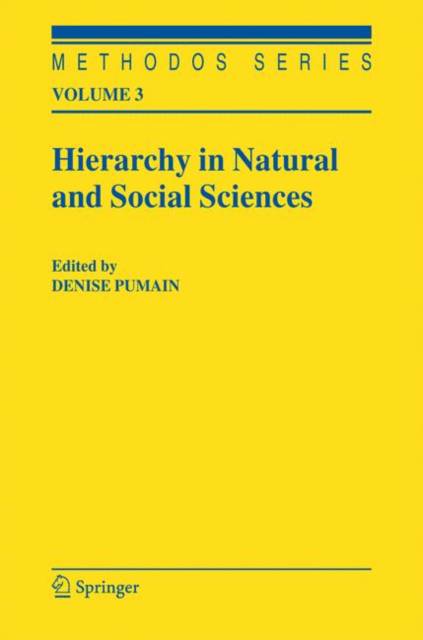
- Afhalen na 1 uur in een winkel met voorraad
- Gratis thuislevering in België vanaf € 30
- Ruim aanbod met 7 miljoen producten
- Afhalen na 1 uur in een winkel met voorraad
- Gratis thuislevering in België vanaf € 30
- Ruim aanbod met 7 miljoen producten
Hierarchy in Natural and Social Sciences
Omschrijving
Hierarchy is a form of organisation of complex systems that rely on or produce a strong differentiation in capacity (power and size) between the parts of the system. It is frequently observed within the natural living world as well as in social institutions. According to the authors, hierarchy results from random processes, follows an intentional design, or is the result of the organisation which ensures an optimal circulation of energy for information.
This book reviews ancient and modern representations and explanations of hierarchies, and compares their relevance in a variety of fields, such as language, societies, cities, and living species. It throws light on concepts and models such as scaling laws, fractals and self-organisation that are fundamental in the dynamics and morphology of complex systems.
At a time when networks are celebrated for their efficiency, flexibility and better social acceptance, much can be learned about the persistent universality and adaptability of hierarchies, and from the analogies and differences between biological and social organisation and processes. This book addresses a wide audience of biologists and social scientists, as well as managers and executives in a variety of institutions.
Alleen bij Standaard Boekhandel
Beoordelingen
We publiceren alleen reviews die voldoen aan de voorwaarden voor reviews. Bekijk onze voorwaarden voor reviews.











